The theme of this week was playtesting! We spent most of our time this week preparing for the ETC’s Playtesting Day on Saturday. That means one main thing. Putting together the parts we’ve made so far into a playable sequence in order to test two things: Using our activities to complete a quest, and our combat tutorial.
Playtest Photos
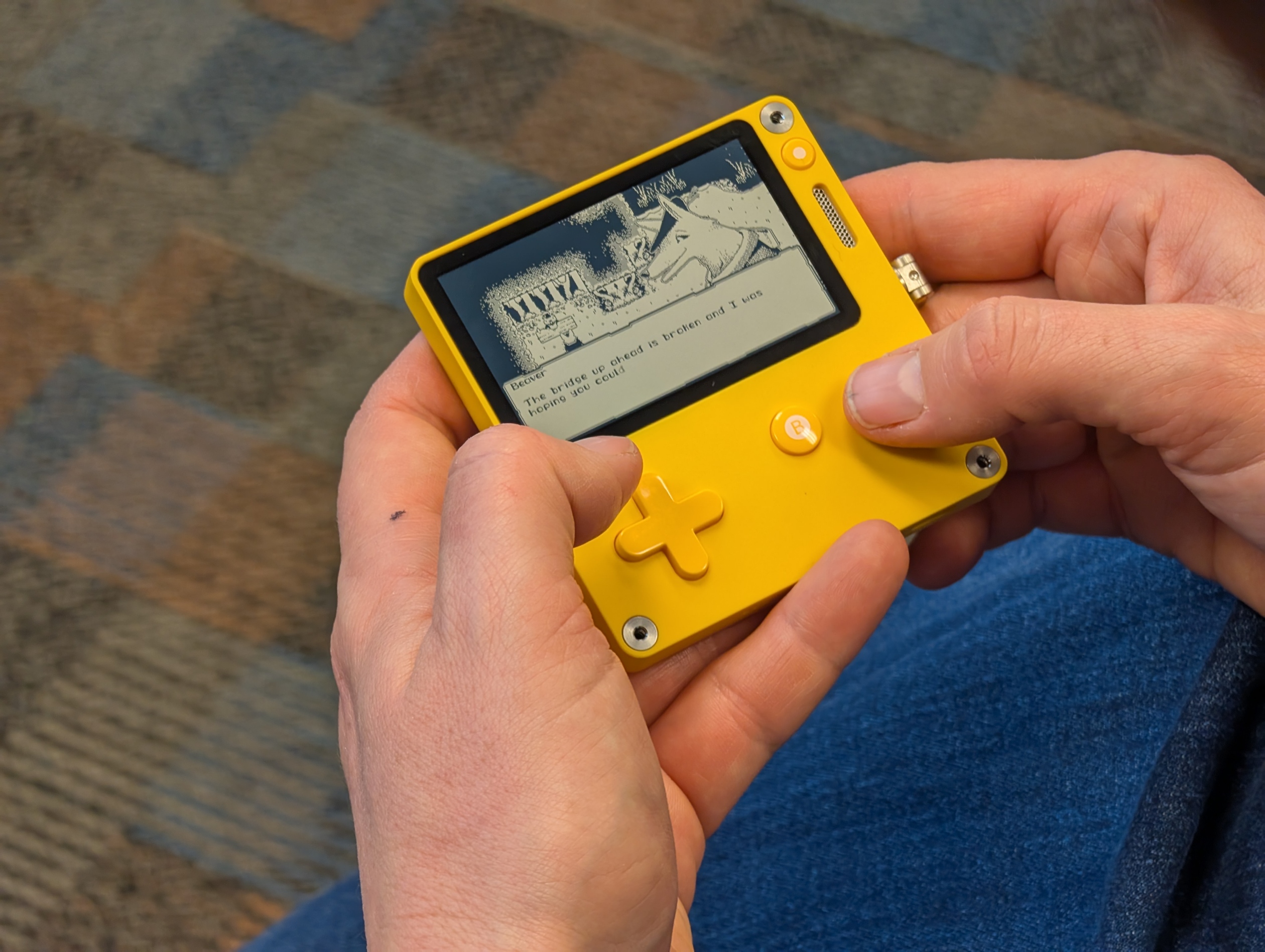
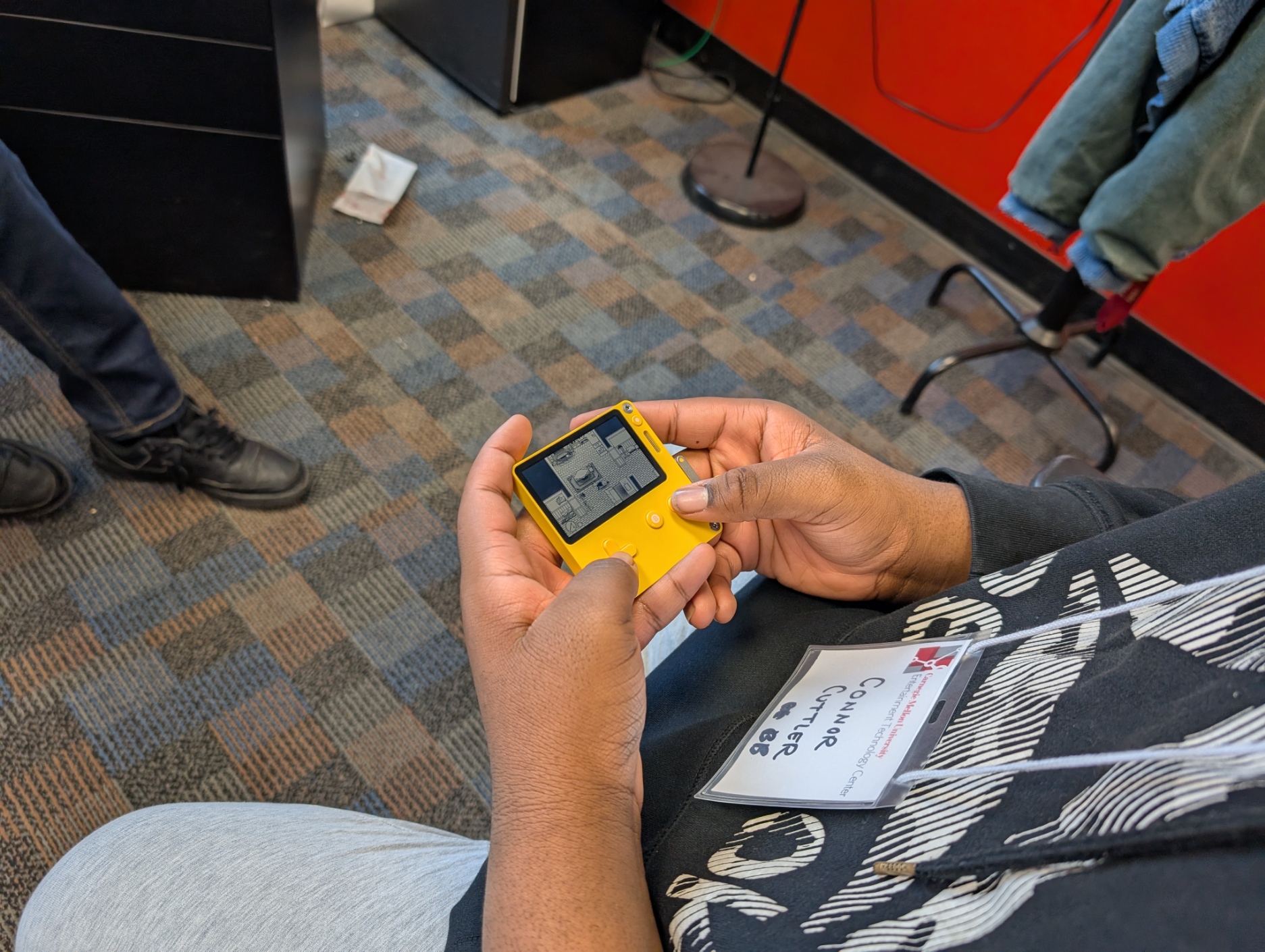
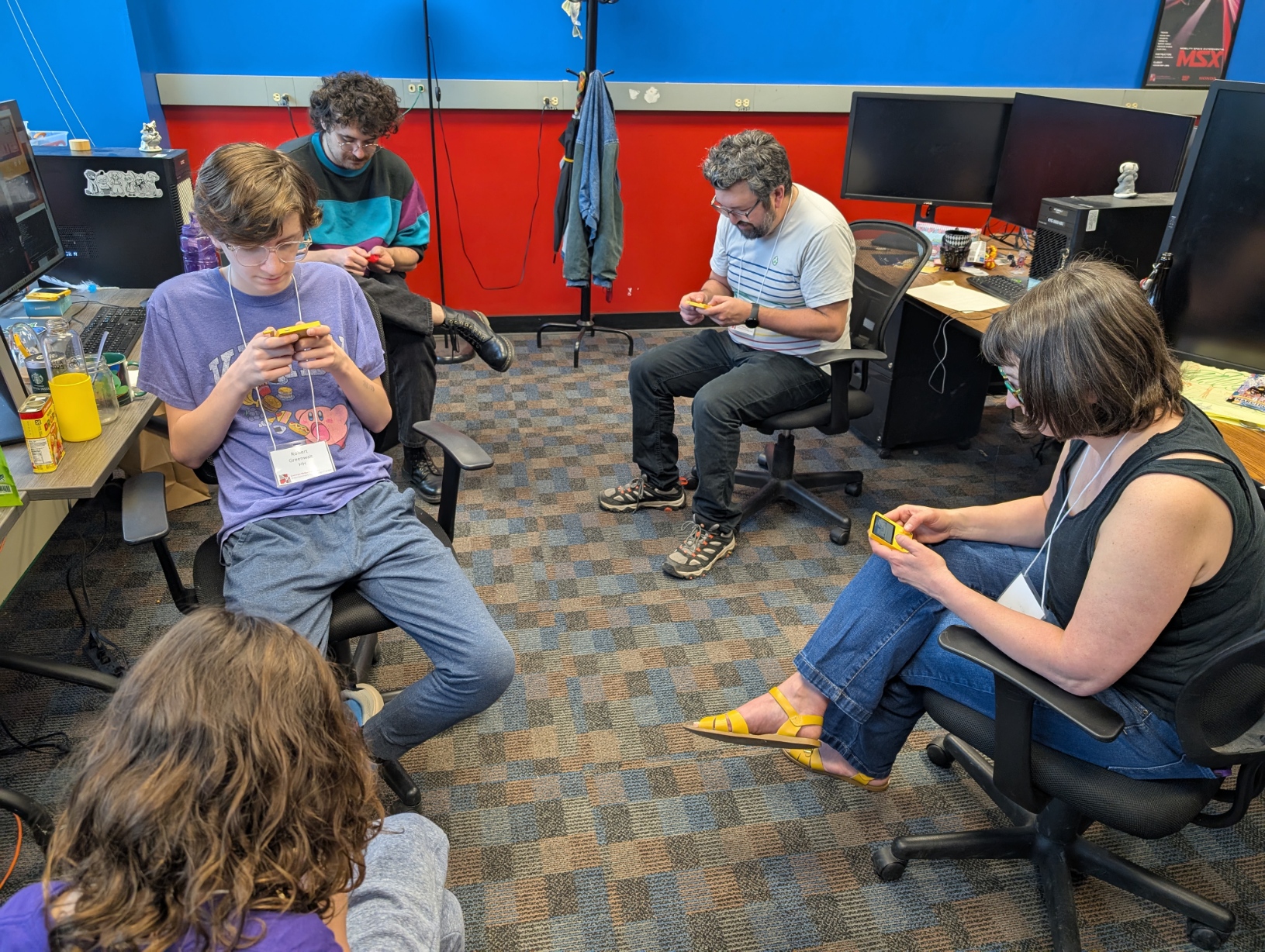
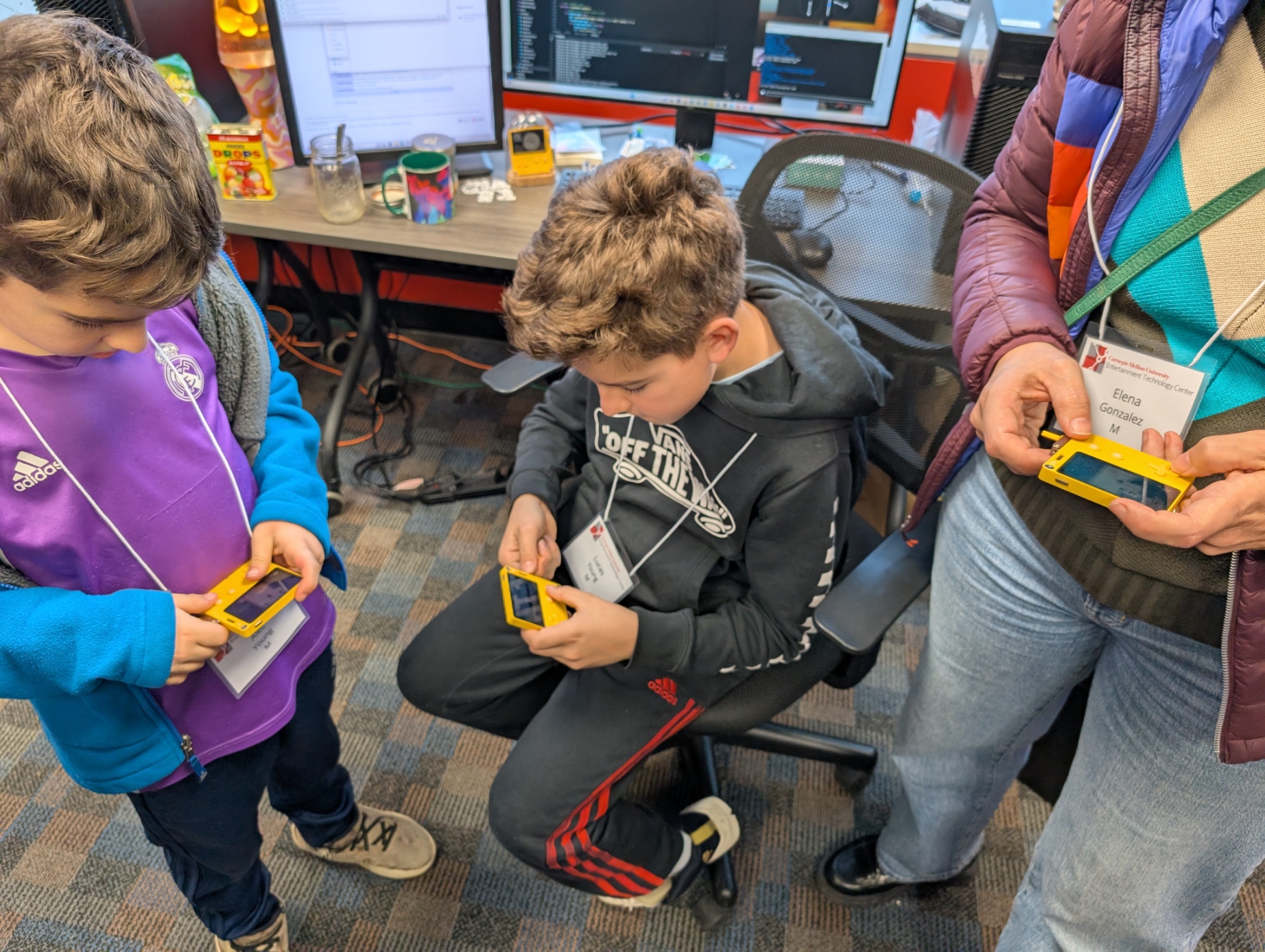
Planning
Most of what we did this week revolves around this map:
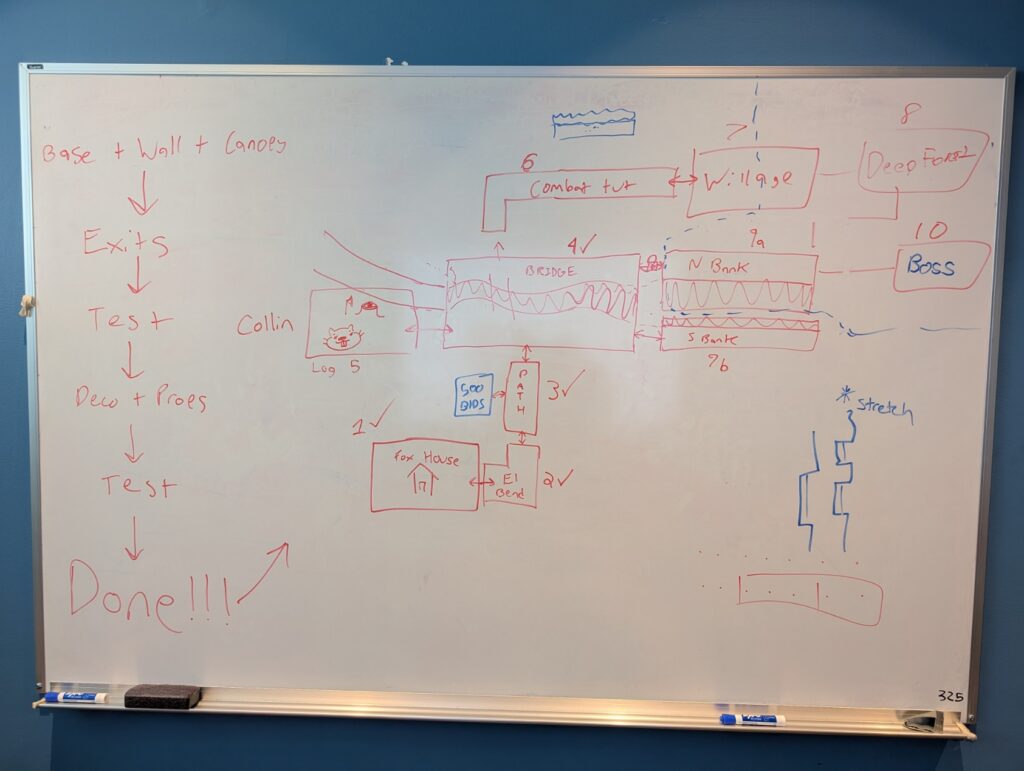
Basically, what you’re looking at here is a map of everything we want to make by the end of the semester. On the right are the steps we would need to take for each of these numbered rooms to “complete” them.

As you can see, by Playtest Day we managed to make it up to the 7th room, the forest corridor that has the combat tutorial.
New Art!
We made a lot of assets in order to complete these rooms, so I’m going to put a lot of examples here:







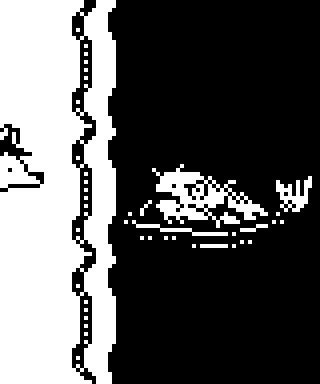

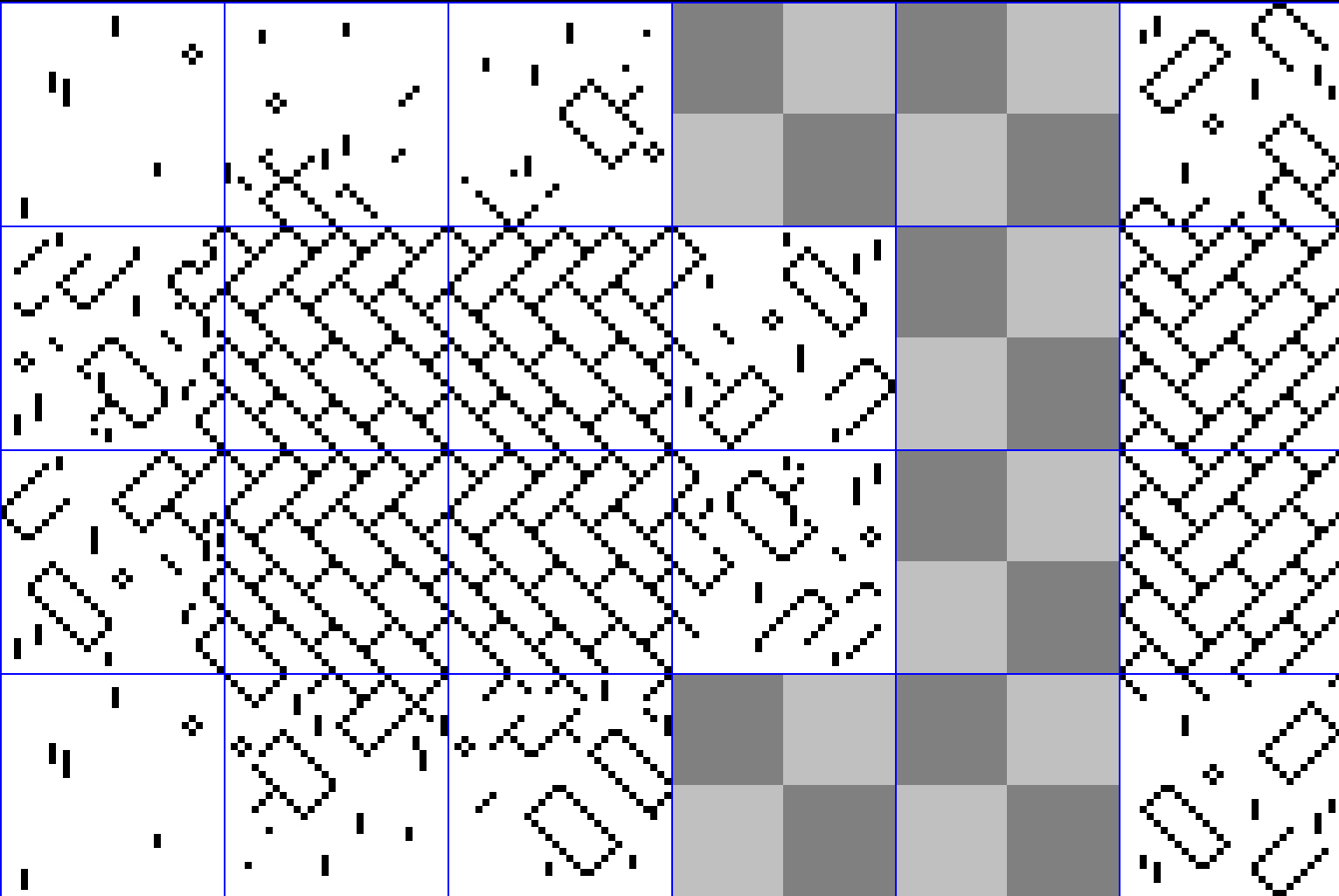

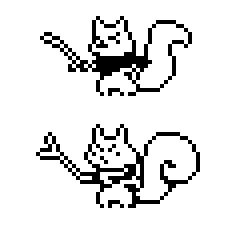
Plus, we’ve punched up our alchemy activity, by adding an animated background, similar to our woodcutting activity!

Getting it in the game
Those are all just individual assets, so here’s a gallery of gifs that show different parts of the build we prepared for the playtest:
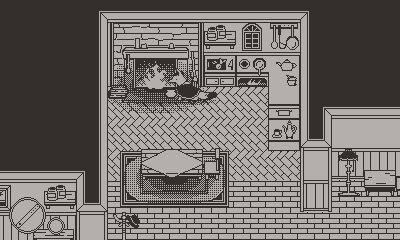

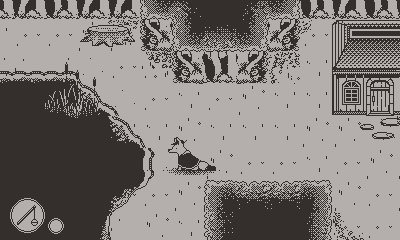
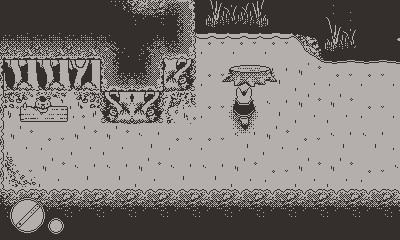
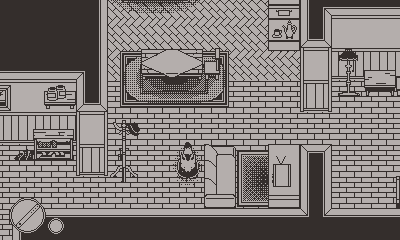

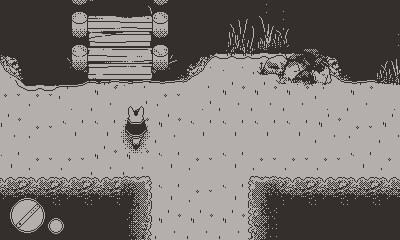
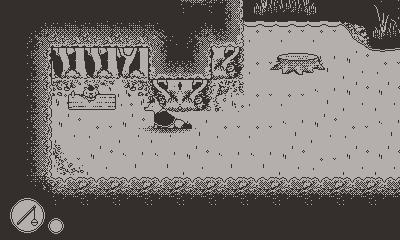
You may notice that our Beaver is represented in these gifs by three wheels. That’s our debug portrait, “The Creaking Wheel”, the main character of the Aesop Fable, The Creaking Wheel!
What did we learn?
I compiled the notes we took during the Saturday playtest together, and rather than write them all down here again, I’ll just take a screencap of them, and describe our two biggest takeaways.
The first main one has to do with our combat system. Its tutorial frontloads the information too much. It drops a bunch of concepts all at once, without letting the player try them in between.
The second thing we observed repeatedly is the tendency for players to get “stuck” in an activity, since in our current system, pressing the “B” button puts you in an activity state, that you can’t move during. Players often didn’t realize they were in the state, and struggled to figure out what to do to get out of it. Our initial reason for doing it like this was in order to incorporate the crank in the process of “switching” between different activities, which required using both pressing and holding the B button for two different actions. However, based on what we observed from playtesting, we believe we may have arrived at a better solution for switching activities, which I will detail in our next post.

